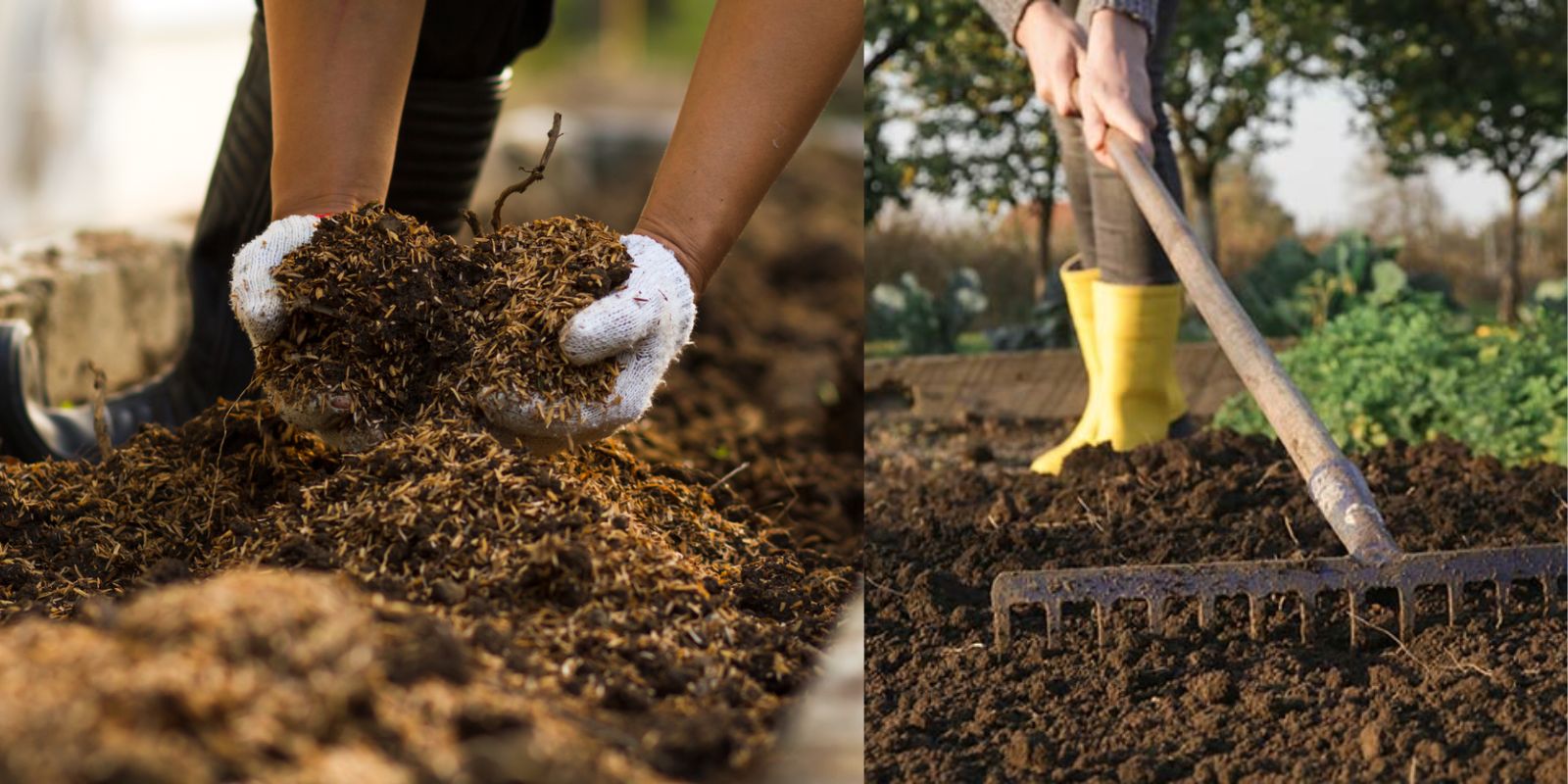A thriving garden starts with healthy, nutrient-rich soil. Preparing your soil properly ensures your plants have the best possible environment to grow strong and produce abundantly. Whether you’re planting vegetables, flowers, or shrubs, this guide will walk you through everything you need to know about preparing your garden soil for planting.
Why Soil Preparation Matters
Soil is the foundation of your garden. It provides plants with essential nutrients, water, and a structure for their roots. Poor soil can lead to stunted growth, weak plants, and disappointing yields. By investing time in soil preparation, you set the stage for a flourishing garden.
Step-by-Step Guide to Preparing Your Garden Soil
1. Clear the Area
Start by removing weeds, rocks, debris, and old plant roots from the garden bed. These can compete with your plants for nutrients and water. Use a hoe, rake, or your hands to ensure the area is clean.
Tips:
- Pull weeds from the roots to prevent regrowth.
- Avoid using chemical weed killers, especially in organic gardens.
2. Test the Soil
Understanding your soil’s composition is essential. Use a soil test kit or send a sample to a local extension service to analyze its pH, nutrient levels, and texture.
Key Parameters to Check:
- pH: Most plants prefer slightly acidic to neutral soil (pH 6.0 to 7.0).
- Nutrient Levels: Check for nitrogen, phosphorus, and potassium—the three primary nutrients.
Adjustments:
- Add lime to raise pH or sulfur to lower it.
- Use fertilizers or organic amendments to address nutrient deficiencies.
3. Loosen the Soil
Compacted soil hinders root growth and water absorption. Use a spade, garden fork, or tiller to break up the soil to a depth of 12-18 inches.
Benefits:
- Improves aeration, allowing roots to breathe.
- Enhances water drainage.
4. Add Organic Matter
Enrich your soil by adding organic materials like compost, well-rotted manure, or leaf mold. These materials improve soil structure, increase fertility, and encourage beneficial microorganisms.
How Much to Add:
- Spread a 2-3 inch layer of organic matter over the soil.
- Mix it into the top 6-12 inches of soil.
5. Adjust Soil Texture
Depending on your soil type, you may need to make adjustments:
- Clay Soil: Add sand, perlite, or coarse organic matter to improve drainage and prevent compaction.
- Sandy Soil: Add compost or peat moss to enhance water retention.
- Loamy Soil: This is ideal; maintain its balance by regularly adding organic matter.
6. Improve Drainage
Poor drainage can lead to waterlogged roots, causing plant stress or disease. Ensure your soil drains well by:
- Creating raised beds for heavy soils.
- Adding coarse sand or gravel to the bottom layer of the planting bed.
- Installing drainage pipes if needed.
7. Level the Surface
Use a rake to level the soil surface, ensuring an even planting area. This prevents water pooling and creates a uniform bed for planting.
Tip:
- Slightly slope the bed to direct excess water away from plant roots.
8. Water and Let Rest
Lightly water the prepared soil to help settle it and activate microbial activity. Let the soil rest for a week before planting to allow amendments to integrate fully.
Why Resting Matters:
- Reduces the risk of nutrient imbalances.
- Gives the soil time to settle naturally.
Extra Tips for Preparing Garden Soil
- Mulching: After planting, apply mulch to retain moisture, regulate temperature, and suppress weeds.
- Crop Rotation: Rotate crops yearly to prevent soil nutrient depletion.
- Cover Crops: Use green manure or cover crops in the off-season to enrich soil fertility.
Common Mistakes to Avoid
- Skipping Soil Testing: Without testing, you might miss critical deficiencies.
- Over-Amending: Too much organic matter or fertilizer can harm plants.
- Ignoring Drainage Issues: Waterlogged soil can quickly kill plants.
The Benefits of Well-Prepared Soil
- Healthier Plants: Strong roots and vibrant growth.
- Increased Yields: More abundant harvests.
- Reduced Pests and Diseases: Balanced soil promotes resilient plants.
- Water Efficiency: Well-prepared soil retains moisture better, reducing water waste.
Conclusion
Preparing your garden soil is the most critical step in ensuring a successful planting season. By following these steps, you create a fertile and welcoming environment for your plants to thrive. Remember, great gardens begin with great soil!
💬 What’s your favorite soil preparation tip? Share your thoughts and gardening experiences below!
#GardeningHacks #HealthySoil #PlantingSeason #OrganicGardening #SoilPreparation #GardenTips #GreenThumb

